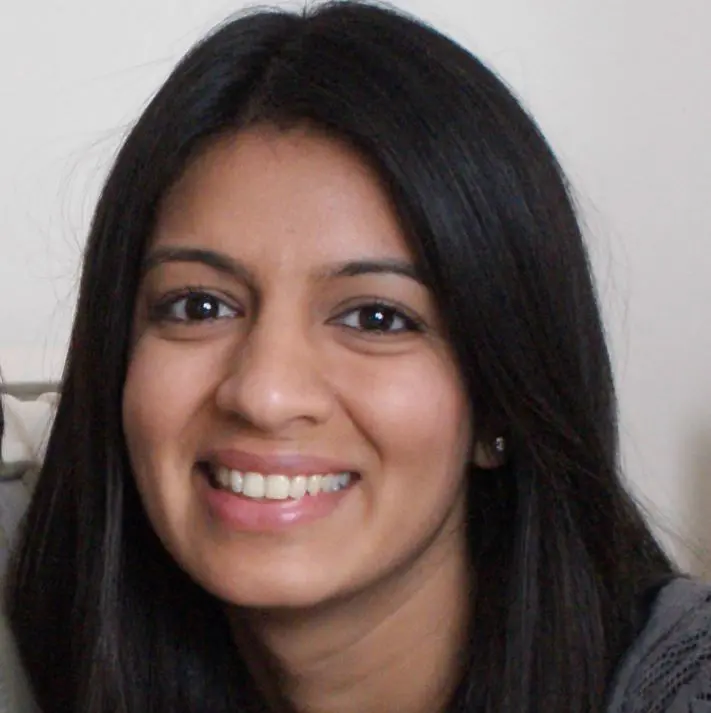13th December 2018
A guest blog by Shweta Panchal, a Yoga and Mindfulness Therapist specialising in Perinatal Mental Health.

Shweta Panchal
Mind-body practices are becoming increasingly popular in the field of health care. As a Yoga and Mindfulness Therapist specialising in Perinatal Mental Health, I consider there to be unique therapeutic benefits for health visitors in the work they do with women and families in the perinatal period. When appropriate techniques are used, yoga and mindfulness practices have the capacity to enhance and improve the mental health of health visitors themselves and of the clients they work with.
Health visitors work alongside all women and their families at a time when there are particular vulnerabilities. After birth, many parents feel overwhelmed, stressed, tired and anxious, often all at the same time. During this time mothers and fathers/partners may engage in high levels of planning and worrying. Of course, a certain amount of planning and worrying is “normal”, however problems can start to occur when this form of thinking goes beyond being helpful and starts to negatively impact mental health. Getting stuck in hypothetical circular-thought patterns, also called rumination, can elevate stress levels which may further exasperate the inevitable and existing challenges of adjusting to parenthood and meeting the needs of a new baby.
Engaging in active listening and providing verbal support through dialogue can be a very effective way to provide support. However, another valuable and powerful way to support women is through breath and body-based practices. This way of working can help to interrupt negative thought patterns and enable parents to pull away from negative thinking loops and help them tune into their bodies. 80% of the nerves of the parasympathetic nervous system (rest and digest) send messages from the body up to brain. So it may be more effective to calm the mind and body through working with the body than vice versa.
The following are a suggestion of practices that health visitors may wish to investigate further for use in their work with clients:
- Basic Body Scan: This practice helps clients tune into their bodies – how it’s feeling, the sensations and their energy levels.
- Mindful Movement: Simple stretches and guiding slightly longer holds will help clients engage with their visceral experience. This can also be very calming for the nervous system and help to alleviate any tightness and stiffness in the body.
- The 3-Step Breathing Space: A powerful short practice that helps clients connect to how they are feeling and helps them to connect to their breath.
- 5 Sense On-boarding: In the event of extreme feelings of being overwhelmed, this practice can powerfully bring individuals to the present moment.
- Breath work. Breath practices are an extremely powerful way to calm the nervous system and to alter mood. I have assisted individuals during severe panic attacks and one of the most effective ways to work with them is with their breath. Breath practices can be tailored to lift energy levels when required and to calm the nervous system when it is elevated.
- Loving Kindness – Mothers and fathers/partners can be particularly harsh on themselves after birth, often feeling they ‘should’ have many aspects of their lives functioning as they wish or have planned. Loving-Kindness meditations can help to bring awareness to any unhelpful narrative and has the potential to bring about a gentler and kind attitude towards themselves and their circumstances. Loving-Kindness meditation practices have also been shown to raise oxytocin levels which is great for supporting bonding during the period.
It is important that if health visitors wish to use these practices with their clients, that they have experience and understanding of the techniques for themselves. This way they can guide their clients through the challenges and the barriers whilst at the same time experiencing the benefits for themselves.

